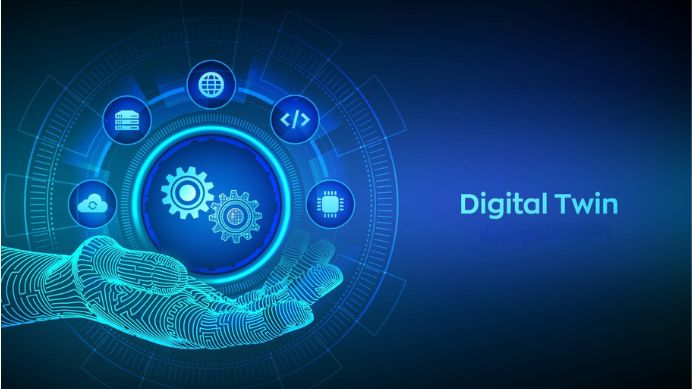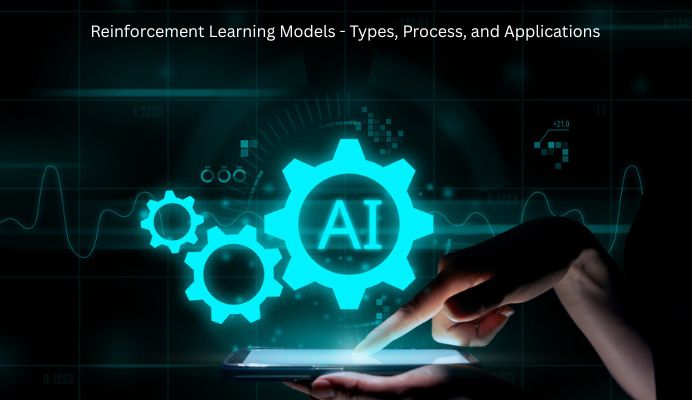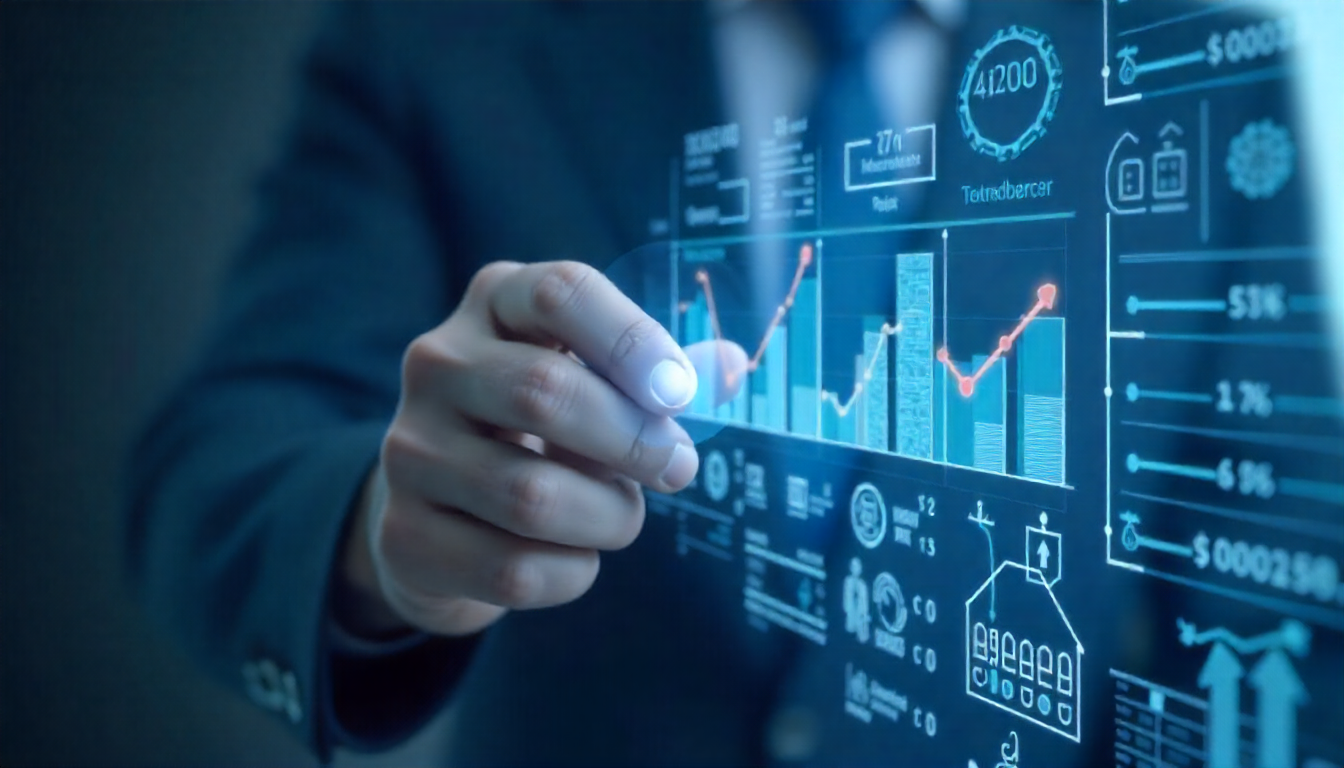
Digital Twin: Meaning, Process, and Applications
A digital twin is a model that captures and represents a physical object or system in real time. This technology is modern as it integrates the physical and virtual environments, helps industries improve their operational performance, supports better decision-making processes, and anticipates challenges proactively.
The maintenance, performance, and digital resources can be tracked on the cloud using a digital twin. This enhances asset and resource management while innovation is encouraged through real-time data monitoring and analysis provided by a digital twin’s continuous oversight.
Investment and interest in this technology are substantial, as the global digital twin market for smart cities is expected to surpass 48 billion dollars by the year 2027.
The use of digital twins is instrumental for the evolution of smart cities since they aid in optimizing traffic flow, managing energy, and enhancing public services. Managing urban complexity and improving public transport systems can be supported during the planning phases with the use of digital twin simulations. This functionality becomes a necessity as city dwellers continue to surge, efficiently and sustainably designing cities becomes a priority.
What is a digital twin?
A digital twin is a real-time computerized version of a tangible item or system, updated with current information to reflect its counterpart’s condition and performance.
NASA pioneered the basic concepts of mirroring technology in the ‘60s for simulating and tracking the myriad systems of space missions. This early work later served as the foundation for modern digital twinning practices.
Advanced digital twinning permits Simulation-Based Design (SBD) where intelligent digital replicas facilitate flawless data handoff between the physical and virtual realms while allowing extensive prediction analysis and informed decision-making through multiple reproductions.
How does a digital twin work?
Let’s learn how a digital twin works
- Physical asset with sensors: The first step of the process begins with an object like a machine, a building, or even a city that has sensors. Such sensors record data regarding temperature, pressure, vibrations, as well as performance metrics.
- Data gathering and sharing: Usually, through the IoT, the sensors provide the information to a central hub, which is more often than not a cloud-based system where it is stored and processed.
- Formulation of a digitized model: Using technologies like 3D Modeling and CAD/BIM, sometimes coupled with scanners of the entity, a digital model is constructed. This model breaks the limitation of being static as it is continuously updated with data the asset provides over time.
- Synchronization in real-time: While the object is in constant motion, monitoring and analysis are happening concurrently. Through this feedback mechanism, the digital twin adjusts to any changes or anomalies registered in the physical asset.
- Optimization and simulation: The use of AI and ML enables the performance of digital twins to simulate multiple scenarios, which project problems and perform real-time adjustments. This ensures that an organization improves its diagnostic measures while eliminating unnecessary redundancies.
Applications of digital twins
We are seeing an impact across various industries, including digital healthcare, transportation, energy, and manufacturing.
1. Manufacturing digital twins
In the manufacturing sector, digital twins conduct advanced maintenance by diagnosing equipment problems from their data streams. Digital twins further assist manufacturers in minimizing operational downtime and prolonging machinery life.
Following the initial diagnosis, automated systems powered by digital twins can execute preemptive interventions, eliminating issues before they result in expensive breakdowns.
Digital twins assist in optimizing factory layouts by enabling manufacturers to model different production environments.
Along with optimization, manufacturers benefit from the replication of innovative ideas. Digital twins foster the idea of in-process simulators, which make it possible to model different manufacturing processes continuously.
2. Healthcare digital twins
For every patient, digital twins provide highly specialized interventions through constant monitoring of health indicators, performing advanced analytics, and generating actionable recommendations for optimal management of chronic diseases.
3. Digital Twins in the Automotive Industry
Digital twins have helped the engineering sector in the automotive industry to further develop prototypes and test functionalities without physical models, leading to a significant decrease in operational expenses and the duration needed to bring a product to market.
Enterprises like General Motors utilize digital twins to forecast maintenance for vehicles, thereby improving reliability and satisfaction levels. This form of maintenance ensures that problems that could hinder the performance of the vehicle are proactively resolved.
Information Systems, particularly sponsored by Jimson’s, have done wonders for the digital twin world. Vehicle drive patterns and customer relations are analyzed via the use of over-the-air software updates, helping with communication and digital twin usage. Improving how a vehicle operates in real-time with proportionate digital processes helps promote technological advances that benefit the masses.
Benefits of digital twin technology
Digital twins offer a wide range of benefits across industries by creating a dynamic, data-driven link between physical assets and their digital counterparts. Here are the key advantages:
1. Enhanced operational efficiency
Digital twins provide real-time insights into asset performance, allowing organizations to identify bottlenecks, optimize processes, and improve productivity across the value chain.
They enable remote monitoring and control, reducing the need for on-site interventions and minimizing downtime.
2. Better decision making
The integration of real-time and historical data enables more informed, data-driven decisions. Organizations can simulate various scenarios virtually, predicting outcomes and selecting the best course of action without risking the physical asset.
3. Reduced cost and faster time to market
By simulating and testing products or processes virtually, companies can minimize the need for physical prototypes, saving both time and resources. Continuous feedback from digital twins accelerates product development cycles and helps bring innovations to market faster.
4. Improved product quality and innovation
Real-world usage data collected by digital twins informs future product iterations, leading to higher quality and more reliable products. Designers and engineers can test and refine prototypes in a virtual environment, ensuring products meet specifications before production.
5. Predictive maintenance and downtime reduction
Digital twins enable predictive modeling, allowing organizations to anticipate failures and schedule maintenance proactively, which reduces unplanned downtime and associated costs.
6. Sustainability and resource optimisation
Digital twins can model energy consumption, emissions, and resource usage, helping organizations identify opportunities for sustainability improvements and reduced environmental impact.
7. Increased customer satisfaction
By enabling predictive maintenance, smoother service operations, and continuous product improvements, digital twins contribute to higher customer satisfaction and loyalty.
8. Greater data visibility and collaboration
Digital twins break down data silos, centralizing information from across the organization for better visibility and collaboration throughout the product or process lifecycle.
9. Enablement of new business models
With deeper insights into product usage and performance, companies can explore new business models, such as product-as-a-service or subscription-based offerings.
Real-time insights, improved decision making, and optimized performance are now available to all industries via digital twin technology. Industries ranging from manufacturing and healthcare to energy and smart cities are adopting digital twins to further propel them into the future.
As technology advances, the potential for digital twins to change industries and improve our lives is limitless. Digital transformation fosters better collaboration across departments. Teams can share insights from digital twins, leading to more informed strategies and innovations. This cross-functional approach enhances the overall efficiency of operations.






